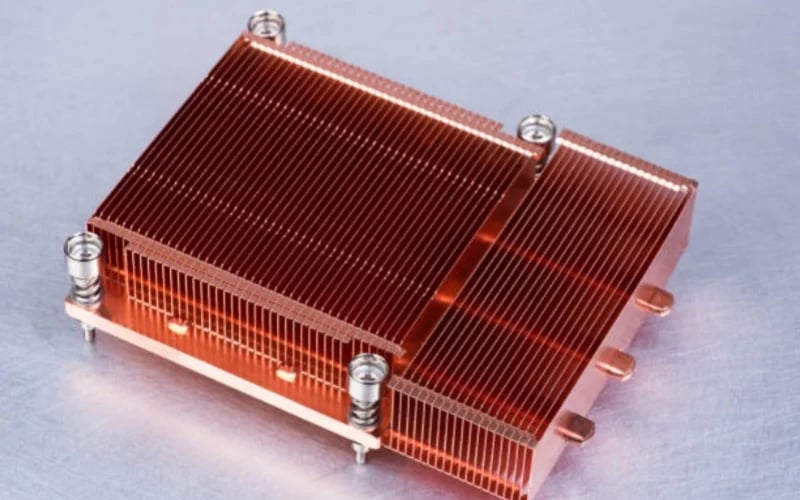Introduction
LED lights have become increasingly popular because of their durability, energy efficiency, and long lifespan. However, they can generate a lot of heat, which is why an aluminium heat sink is necessary.
1. What is an aluminium heat sink for led?
An aluminium heat sink for LED is a device that absorbs and dissipates heat to help manage the temperature of the LED light. The heat sink is made of aluminium because it has excellent thermal conductivity, which allows heat to transfer away from the LED.
2. How Does an Aluminium Heat Sink Work?
An aluminium heat sink works by transferring heat away from the LED light. The heat is absorbed by the aluminium fins on the heat sink and transferred to the surrounding air. The larger the surface area of the heat sink, the more effective it is at cooling the LED.
3. Benefits of Using an Aluminium Heat Sink for LED
Using an aluminium heat sink for LED has many benefits, including:
- Increases the lifespan of the LED light by preventing overheating
- Improves energy efficiency by reducing the amount of energy required to cool the LED
- Improves the brightness, color, and overall performance of the LED
- Allows for smaller, more compact LED designs
4. Different Types of Aluminium Heat Sink for LED
There are many different types of aluminium heat sink for LED, including:
- Plate-fin heat sinks
- Pin-fin heat sinks
- Stamped heat sinks
- Extruded heat sinks
5. Plate-fin Heat Sinks
Plate-fin heat sinks are made by stacking thin sheets of aluminium into a honeycomb-like structure. They are excellent at dissipating heat and can be made into a variety of shapes and sizes. However, they can be difficult and expensive to manufacture, which makes them less common.
6. Pin-fin Heat Sinks
Pin-fin heat sinks are made by inserting small, cylindrical pins into the base of a heat sink. This allows for a greater surface area and improved heat dissipation. They are easy to manufacture and can be made in various shapes and sizes.
7. Stamped Heat Sinks
Stamped heat sinks are made by punching a pattern into a sheet of aluminium. This process is cost-effective and allows for a high level of customization. However, they are not as efficient at dissipating heat as other types of heat sinks.
8. Extruded Heat Sinks
Extruded heat sinks are made by pushing heated aluminium through a shaped die. This allows for a high level of precision and customizability. They are efficient at dissipating heat and are the most common type of heat sink for LED lighting.
9. Factors to Consider When Choosing an Aluminium Heat Sink for LED
When choosing an aluminium heat sink for LED, there are several factors to consider:
- The size of the LED light
- The amount of heat generated by the LED
- The environment in which the LED will be used
- The budget for the project
10. Conclusion
An aluminium heat sink is an essential component in LED lighting. It helps manage the temperature of the LED, prolongs its lifespan, and improves energy efficiency. There are many different types of aluminium heat sinks, each with its benefits and drawbacks. When choosing a heat sink for LED lighting, it’s essential to consider the size of the LED and the environment in which it will be used.

